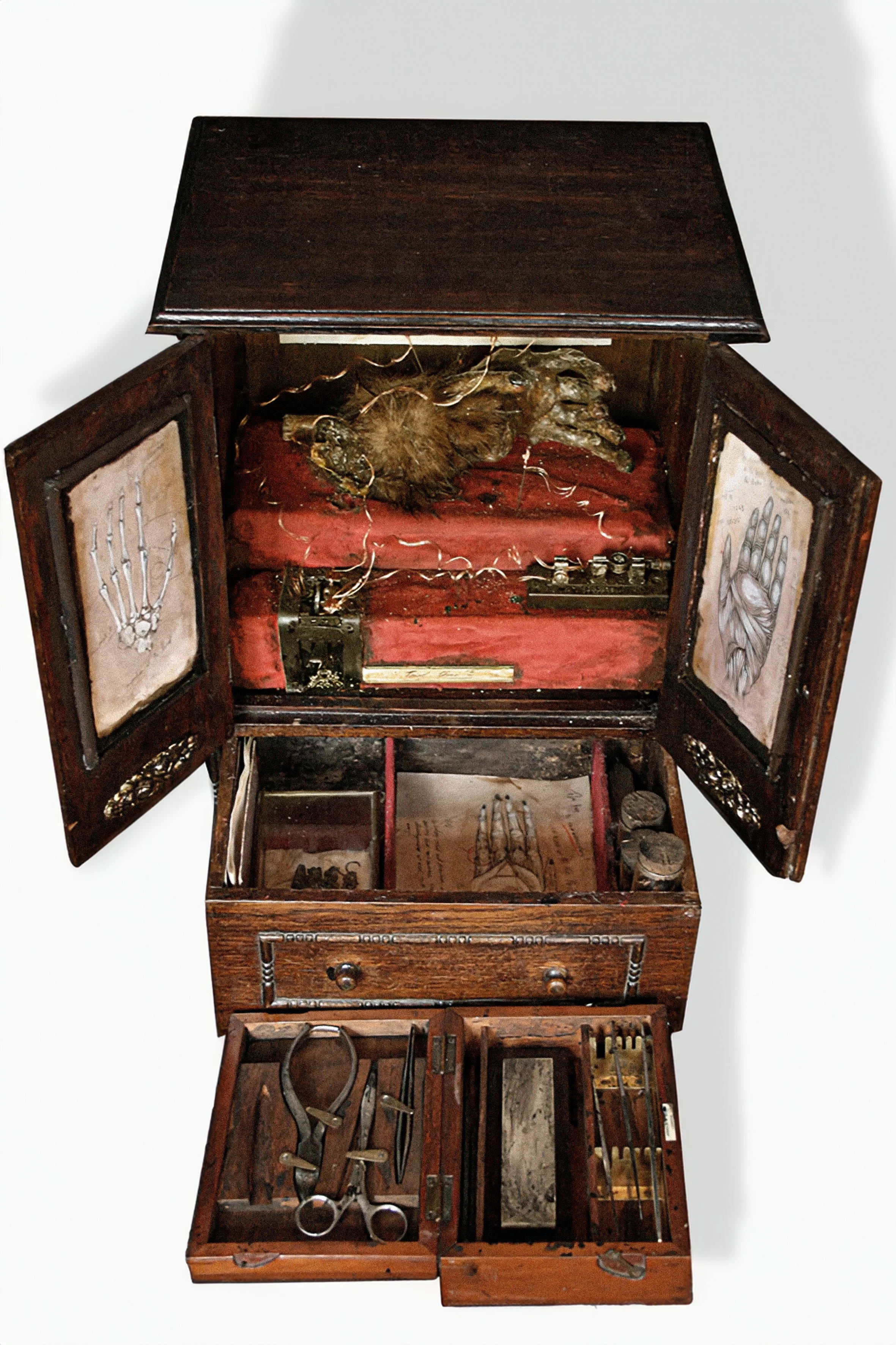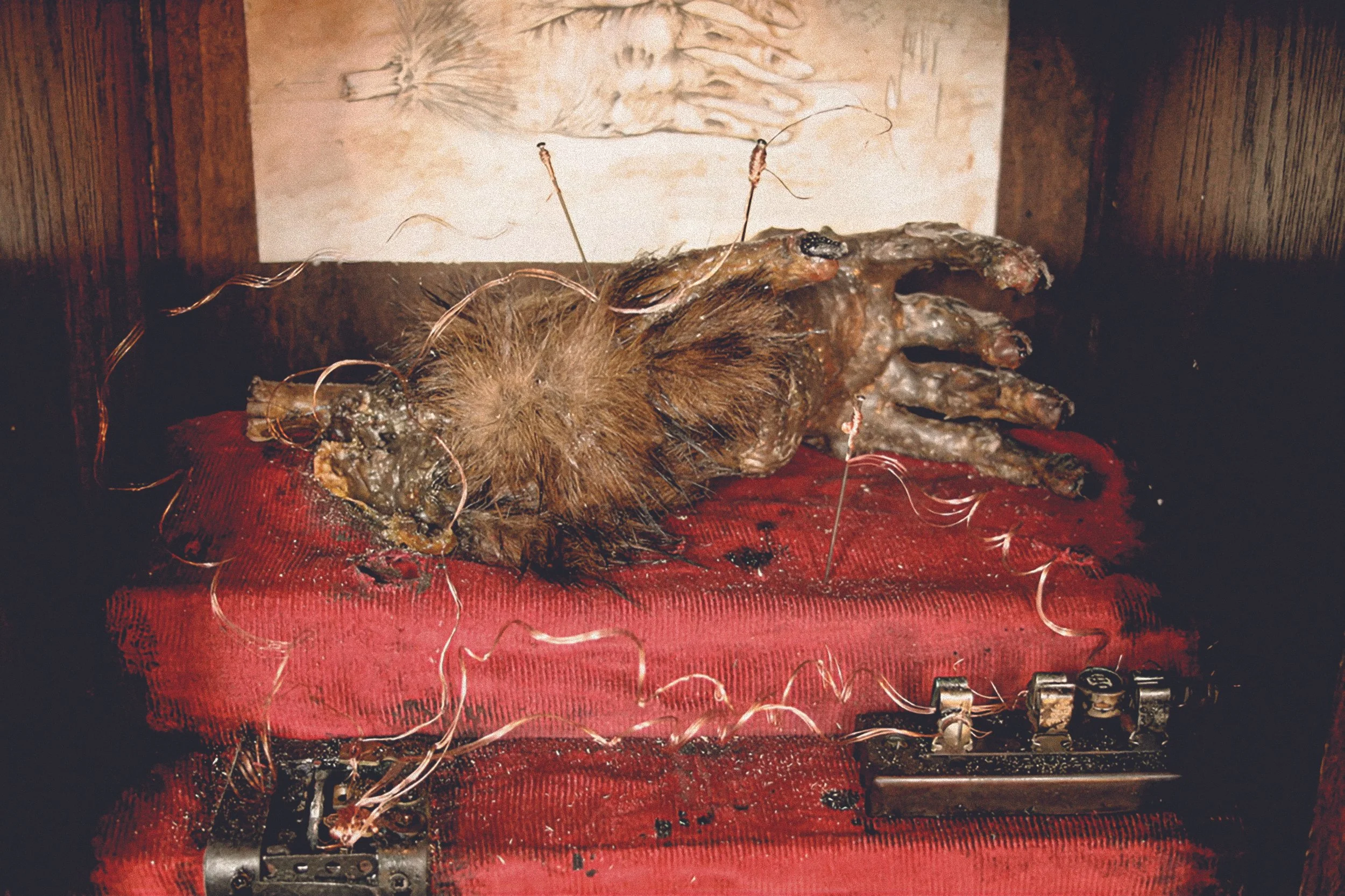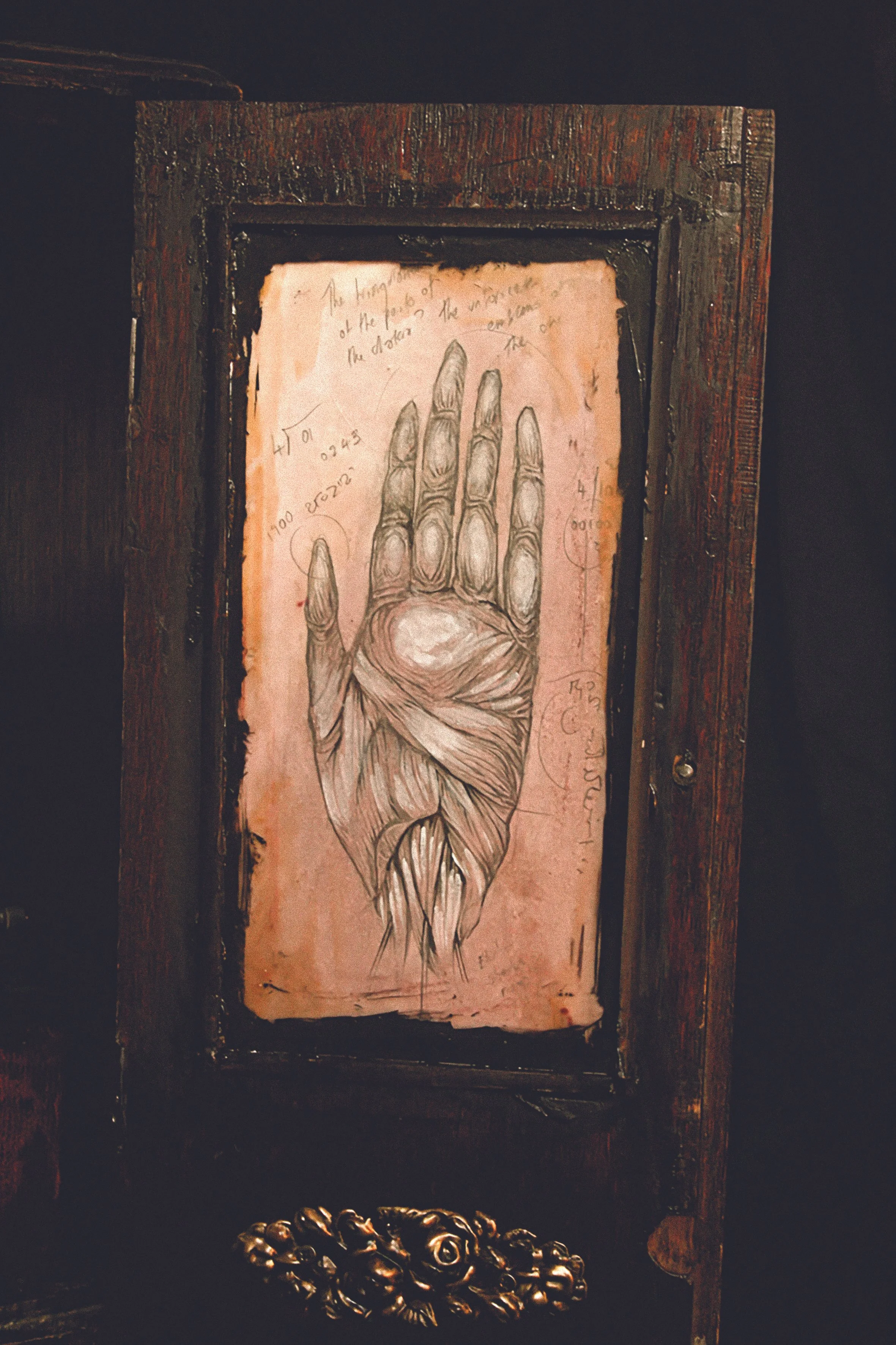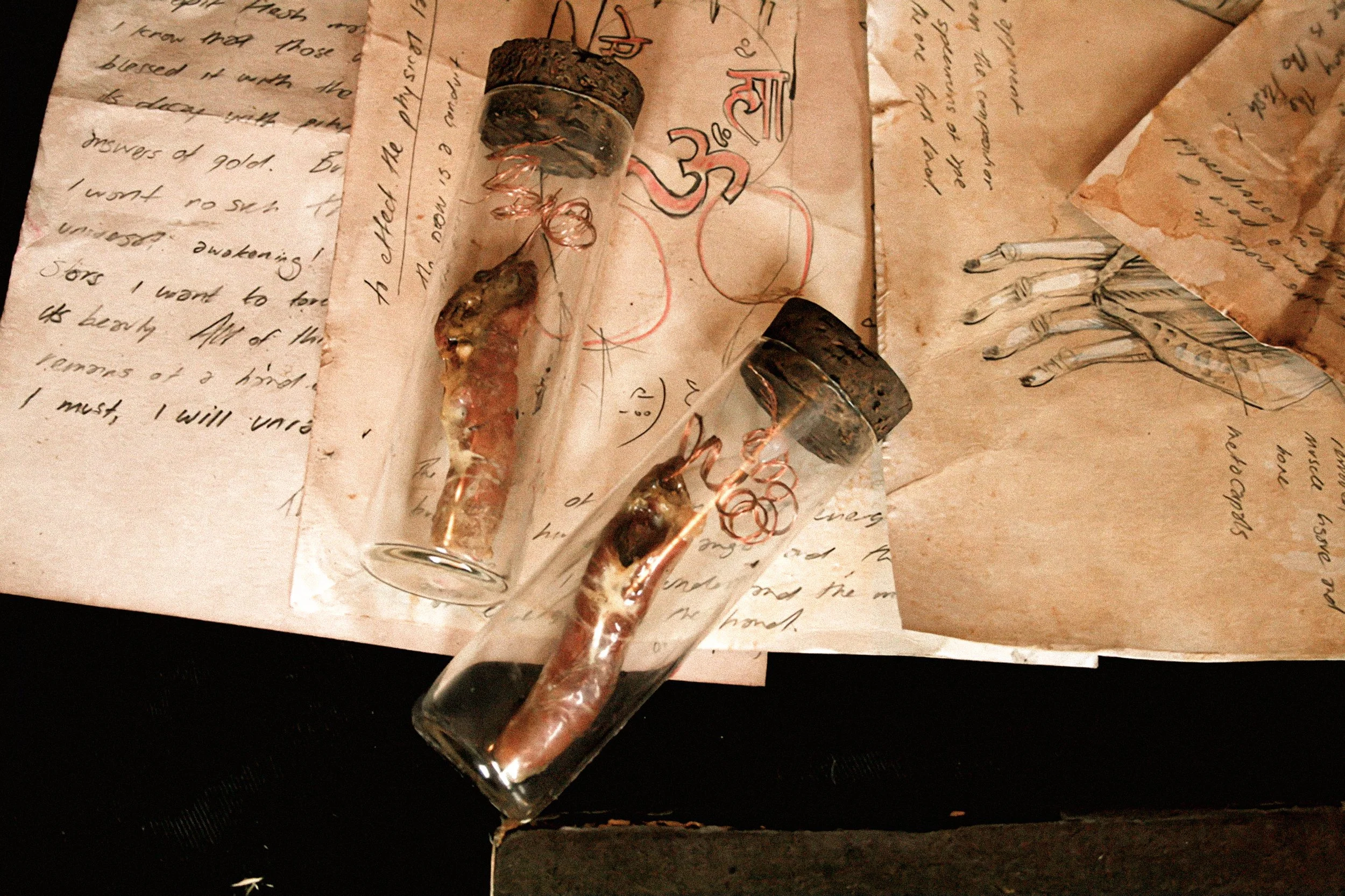In 1892, Ernesto Sabatella had concocted a compound that had the ability to mould living cells like clay, and exponentially increase the healing process. This would later share various similarities with what is now widely known as stem cell research, yet lacked some of the more abstract qualities of his elixir. It was known as the Phanes Compound, a bacterial phage that carried the mutagenic properties of the Lupus viral strain. He had performed a series of experiments on human and non-human animal life in a quest to discover answers to a series of spiritual quandaries. He had encountered many obstacles to his research along the way, most notably galvanism and the reanimation of dead tissue - until news of an arrest in London, England sparked his curiosity. Thaddeus Belacleese, a former physician to the Queen, had unwittingly exposed his own research to the disapproving eye of the scientific community when his own experiments in reanimation were discovered. Mary Shelley was not aware that the subject matter of her novel had already been given life; the limbs of the dead torn from their shallow graves, fed with copper wire, conduits for etheric charge, plunged deep into cold muscle in an effort to create new life. Belacleese had stumbled upon a way to cheat death – and, in this knowledge, Ernesto Sabatella saw the key to his own research. He travelled to England and found the prison where Thaddeus Belacleese was held. He met with him, and told him that they shared an interest in the preservation of Thaddeus Belacleese’s life, but that he would have to die for this to occur. Belacleese divulged the architecture of his own work, which Sabatella feverishly recorded.
Thaddeus Belacleese was hanged on the morning of June 20th, 1894. As the body was carried away, Sabatella bribed the guard to look the other way, and stole the corpse cart. He took the cooling cadaver to an ad-hoc laboratory in the cellar of a rented house. There, he placed Belacleese on a table, and fed a series of hollowed needles into the brain, the neck and the heart. Vials of his compound were tied haphazardly to the ceiling beams,allowing the fluid to be administered intravenously. He then took out his instruments and the annotated drawings produced by Belacleese himself, and with deft hand, cut into the flesh with metal rods, fastened to a small hand- cranked motor. He charged the motor and electrocuted the corpse - acting as a puissant catalyst for his transfusion, forcing stem cells to reconstruct the spinal cord, in a manner similar to the augmentation of organs in the bodies of those infected with mutagenic viruses. For two weeks, Belacleese was held in traction, and his spinal column and cord reformed. Eventually, in a fit of exhaustion, bile and fear, Belacleese opened his eyes. Though handicapped by his ordeal, Belacleese still retained a bright and ruthless mind, and for years he and Sabatella continued their research, travelling through Germany, Poland and into Russia. Here they established a laboratory, which served as a cover for their otherwise ill-gotten work. They would periodically cure some ailment, and sell the patent to whomever paid the most. It is believed that, during their time, they cured many of today's most terrible illnesses, yet saw it as no significance to themselves. They were selfish, murderous men, yet they were also geniuses. It was through their establishment of a black market trade on human body parts, that they caught the attention of a man who shared in their plight, Gregori Rasputin






